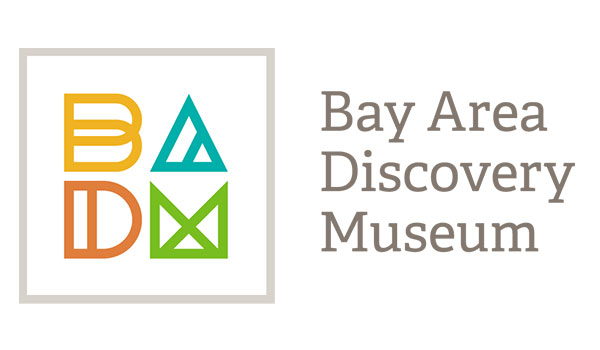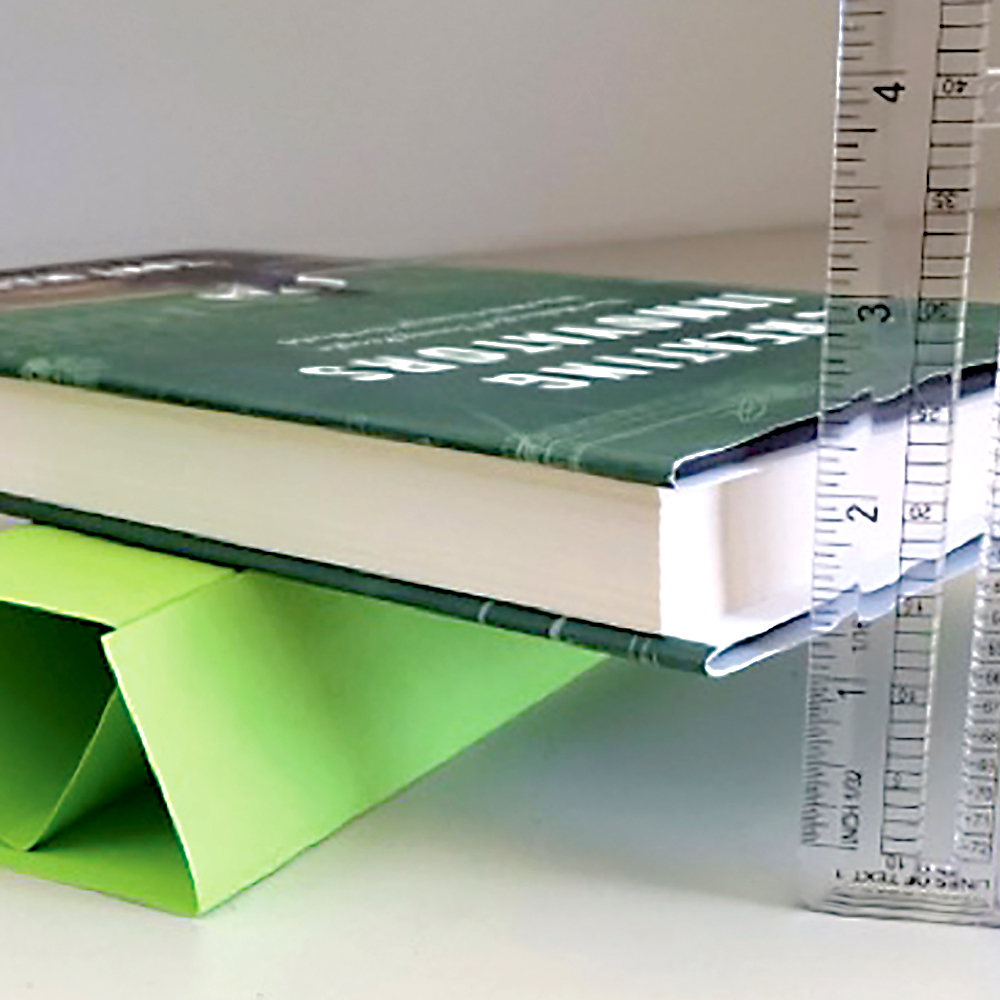Make a book float! Using a sheet of cardstock paper, explore ways to make a book float at least one inch or more above the surface of a table. This group activity challenges children to collaborate with others and employ creative thinking strategies.
Materials Required
- One book (a small or big paperback or hardcover)
- One ruler or a block (to measure one inch)
- 2 sheets of light cardstock paper
- Post-its™, index cards, or paper and markers (if doing in a group setting)
- Music player and a playlist of inspiring songs (optional)
Instructions
- Break into teams of 2 - 4 people.
- Using only one sheet of cardstock paper find a way to make the book float at least one inch or more above the surface of the table. It must remain floating for at least 10 minutes to count. Use the ruler or block to confirm that it is floating at least one inch high.
- To start, discover three ways that do not work. Come up with three ideas that are worth trying but do not hold the book. Write down the three failed ideas on Post-its™. This step is a reminder to take risks and that not every idea will work.
- Find a way that does work to float the book. But use these two special requirements. First, use the strategy of “plussing” when working as a group. This means when working with partners using the words “yes, and…” to take an idea shared by another person and add something extra. It can be a challenge to resist saying “no.” Instead, always look for a way to make another person’s idea better. The second requirement is to write down how each idea is collaborative. This means designing something that takes an idea from one person and combines it with an idea from another person.
- Put the team’s floating book on display. (Leave it floating!) Next to the display, place the team’s notes describing ways that did not work, and the way in which the current design is a combination of different people’s ideas.
- While music plays, walk around the room and look at what other teams did for the floating book structure. Look for new ideas. Use a method to capture and share the idea with others on the team—for example, bring a notebook to sketch the idea or take a photo with a smartphone.
- After the walkabout, teams return to their book display. Share one idea from the walkabout with the team. Choose one or two ideas to try in the next version of a floating book structure.
- Set aside or destroy the first floating book structure. This was just a first prototype. Make a new design based on two requirements. The first requirement is to include at least one idea inspired from another team. The second requirement is to “be creative,” meaning come up with a solution that does work to float the book one inch above the table, but that is unusual and somehow surprising.
Additional Tips
Try this add-on activity: Debrief what was learned through speedstorming instead of through a group brainstorm. Speedstorming is a pair-wise idea generation process that works similarly to the round-robin technique. Each person in the room finds a new and different partner and shares a brief conversation for 3-5 minutes, then switches partners and discusses a new question for another short period. This technique was developed by an interdisciplinary group of researchers from the University of California, Berkeley. Good speedstorming questions are:
- Is there anything that you learned in this activity that will change the way you approach creative projects in the future?
- Is there anything you learned that will change what you do to encourage other people to be creative?
- What was the most fun part of this design process for you and why?


